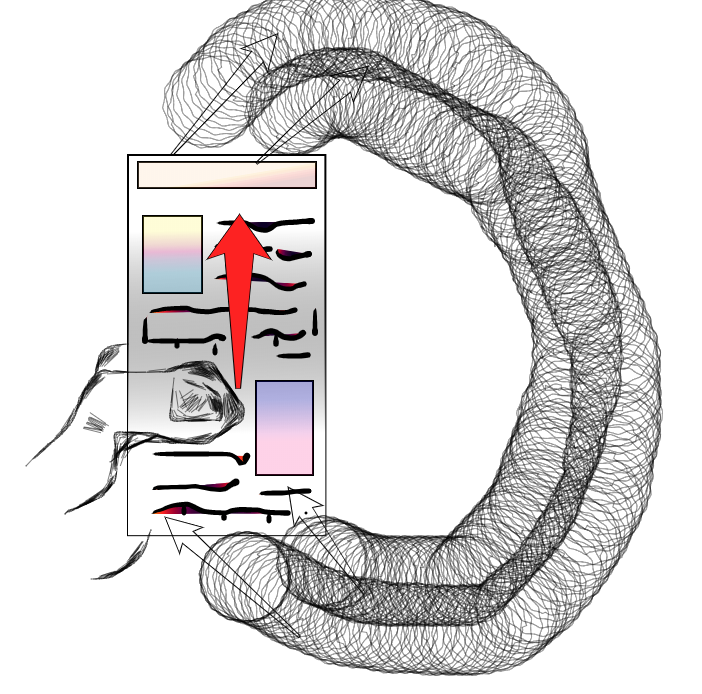The infinite scroll
There are tons of mobile devices out there. Tons, even literally speaking. And they all have screens (which go by the more sinister moniker of Black Mirror) which we’re all too familiar with as they form an integral part of our daily lives, unaware as we may be of this fact.
These devices aren’t anything completely new and have been around for quite a while. But in recent times, with Moore’s law playing out nicely for the semiconductor industry, the capabilites of mobile phones have increased phenomenally.
So much so that now we’re on the other end of the spectrum - technology has advanced so greatly that too much convenience is now a problem - one manifestation being in the form of an addiction to mobile phones. Phones’ native processing capacities aside, the addiction is further fuelled by exploitative algorithms designed to get susceptible people hooked on to apps on their phones. Some very primal instincts are exploited to ensure that the excitement of looking at the black mirror is always enough.
And that’s where the infinite scroll comes in.

The other day I came across a podcast episode (unfortunately I don’t remember exactly which one) which highlighted this aspect - everything that may be considered manipulative in terms of its presentation, like, say, newspapers, magazines, books, leaflets - has an end to it. Flip over 20 times, and you’re probably done with the newspapers. 50 pages, you’re done with the magazine. But when it comes to your Facebook or Twitter feed? Think of the last time you actually reached the end.
There’s a reason. There’s a design. Question and be aware.